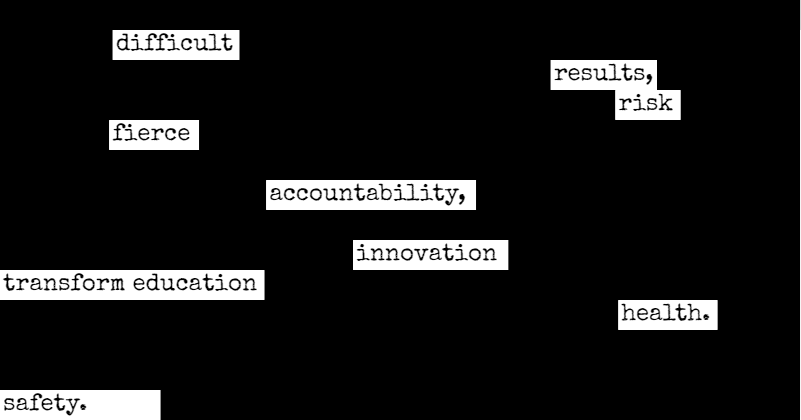–Tuka Al-Sahlani
SeeThroughNY.net is aptly named. I first came across this site when faculty and students signed the GC Statement of No Confidence back in November. The site was circulated among smaller student messaging groups or individually to encourage more signatures. The site came with an implicit message of, “Hey, look at how much admin is making and look at what they give us.” But, although the site is a non-for profit entity that allows transparency of wages, I think using it to compare pay is using it at its minimal function. Exploring the site for this class, and thinking of what is legible, I was drawn to the different categories such as benchmarks, waivers, and NYS budget. I think what is legible is that financial literacy is not a common literacy afforded or taught to many of our students nor to us. Browsing, my questions were: 1) Looking at the payroll, what are the demographics of these individuals? What is their education? How many years of service have they had? 2) Looking through the NYS Budget, I wondered, what are the policy changes that impact the budget? Or, have they impacted the budget significantly?. 3) Viewing the benchmarks, I couldn’t find Queens for property taxes and wondered, how much civil knowledge do we really have? Overall, I think what was legible from browsing this site is that although the site intends and is framed as a public resource to help the public, the public does not necessarily have the literacy required to analyze the information present. ( I say public because they state: Our mission is to make New York a better place to live and work by promoting public policy reforms grounded in free-market principles, personal responsibility, and the ideals of effective and accountable government. The use of the phrase “personal responsibility” makes me think this is for the public.)
Deep sigh when looking through the budgeting documents because as a Site Director for a NYC Early Education Center, I have had to create and implement a budget as a New York City vendor. Reviewing these documents and knowing the process, I am well aware that these numbers are devoid of the nuances of employee needs and of the unwritten subcategories. For example, “ Gifts and grants increased by $82.5 million. The increase primarily was the result of three significant one time gifts to the University from a single donor.” ( CUNY financial statement 14). What does this even mean? Who is this donor? Why are they donating? What negotiations/compromises do we as an institution need to make with this donor?
Maybe it’s my feeble financial literacy speaking or my writing instructor persona speaking, but although these are public documents made accessible, the intended audience are financial and policy making professionals. However, if we want to be a part of securing justice for us as students and employees of a public institution, we need to learn to “write” a new genre: budgets! A simple walk through of the Mellon Foundations Grantee Portal instructions proves that a for credit course at the graduate level is in order. Of course, not everyone will want to work as an administrator or write a grant proposal, but the reality is this is a literacy required for us, graduate students, to support our work in the systems of power we negotiate; and the system of monetary power is one worth learning to negotiate.



